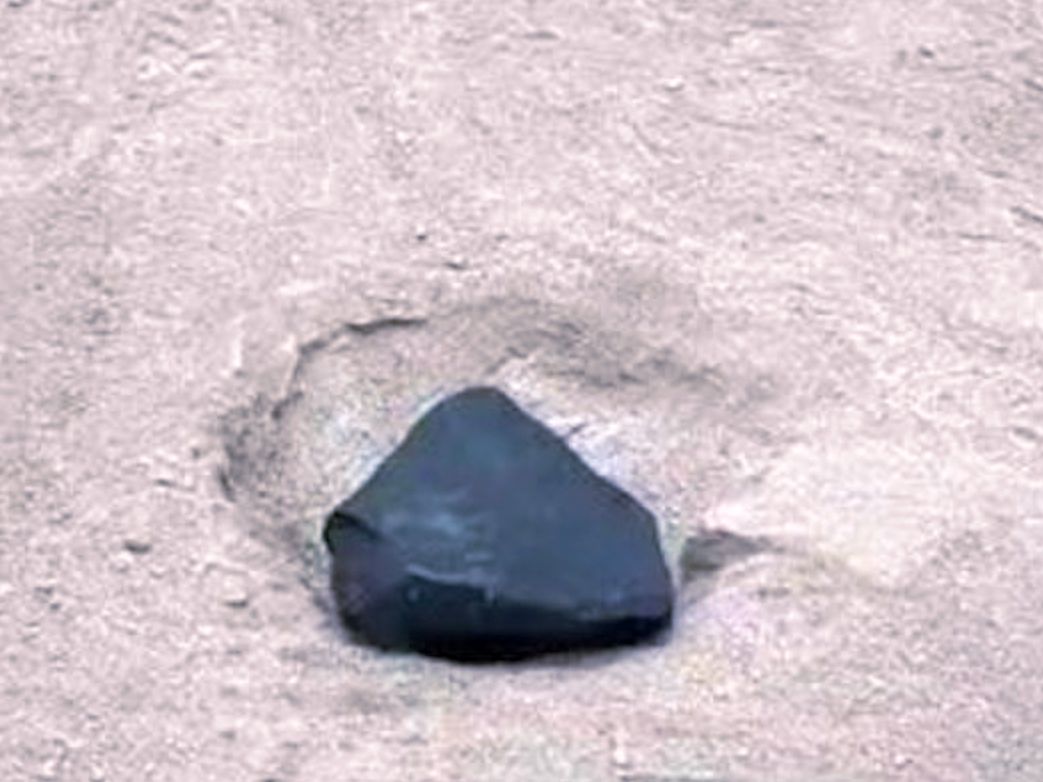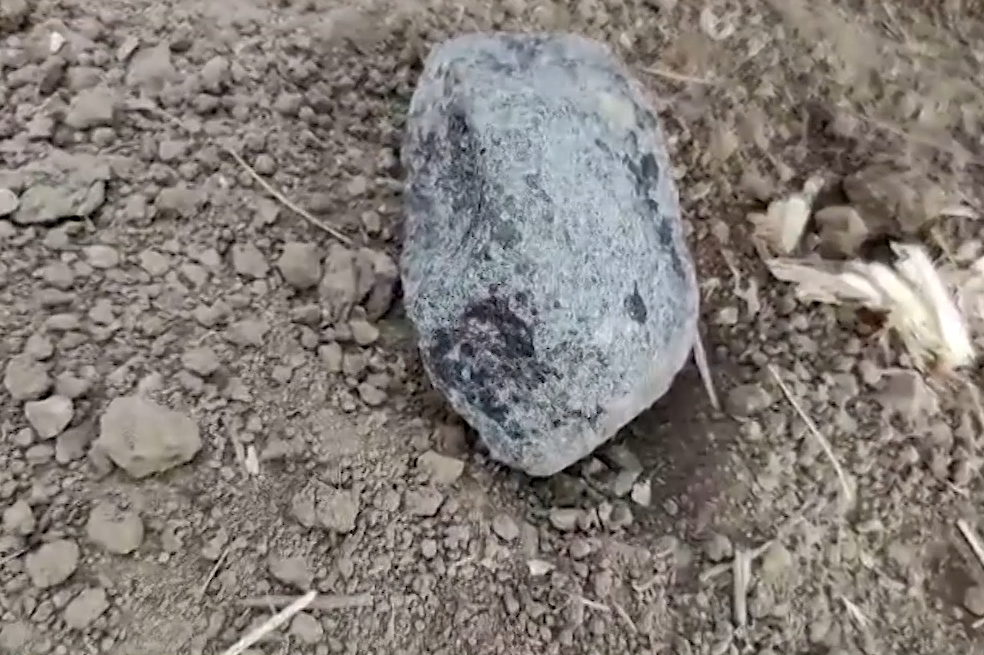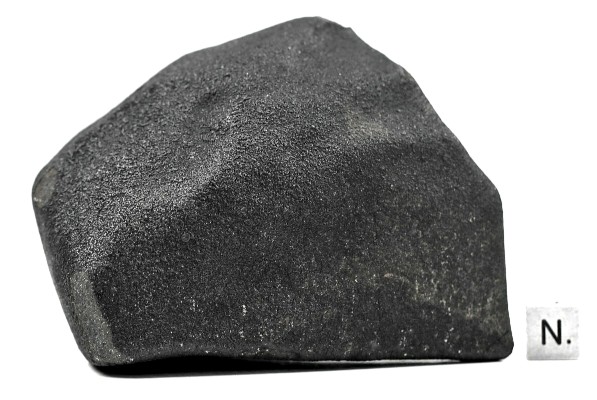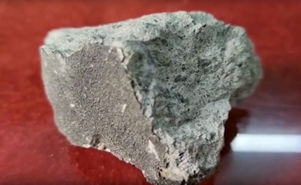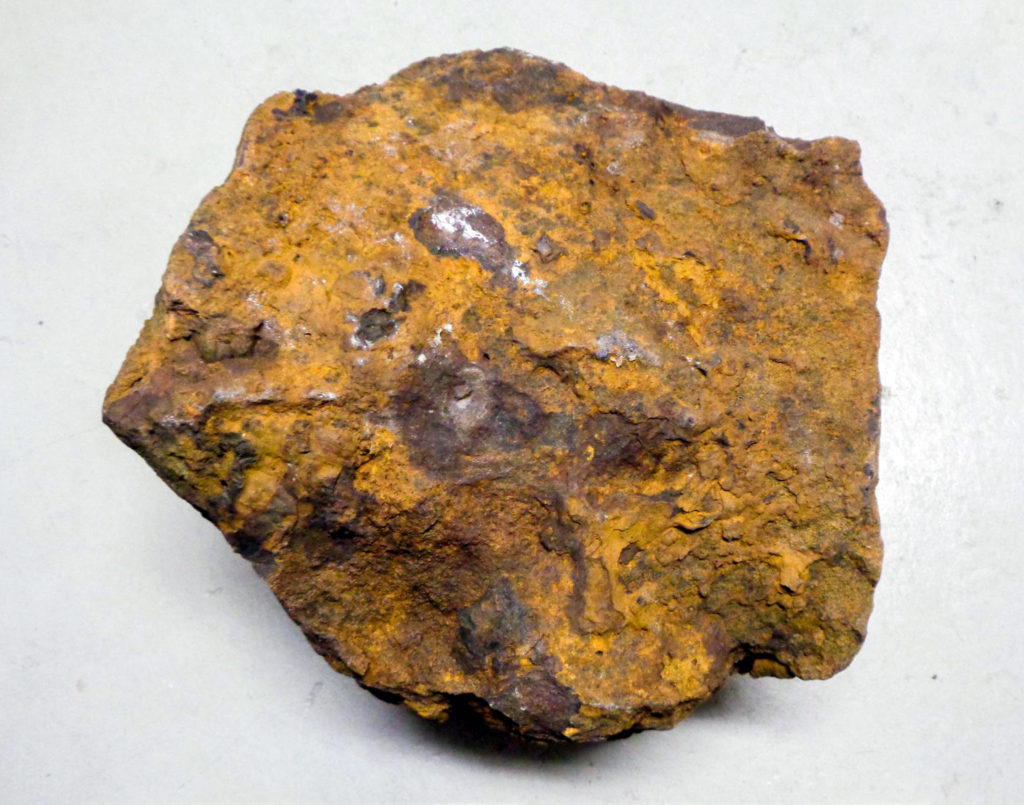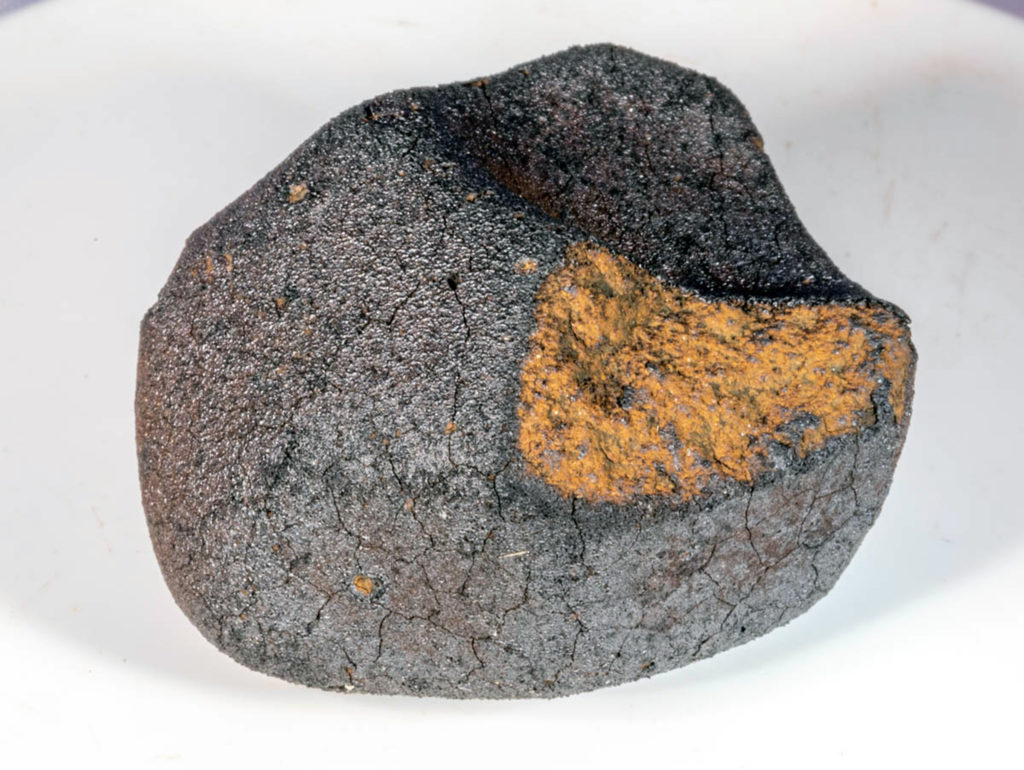Three-dimensional microstructure and mineralogy of a cosmic symplectite in the Acfer 094 carbonaceous chondrite: Implication for its origin
Megumi Matsumoto, Akira Tsuchiyama, Akira Miyake, Motoo Ito, Junya Matsuno, Kentaro Uesugi, Akihisa Takeuchi, Yu Kodama, Masahiro Yasutake, Epifanio Vaccaro
Geochimica et Cosmochimica Acta
In Press, Journal Pre-proof, Available online 28 February 2022
“Cosmic symplectites (COSes), consisting mainly of nanoscaled symplectic intergrowths of magnetite and Fe-Ni sulfides, have extremely heavy oxygen isotopic compositions and are considered tracers of 16O-poor primordial ice in the early solar system. We examined the three-dimensional microstructure and mineralogy of one COS particle, COS#1, in the Acfer 094 carbonaceous chondrite and investigated its origin. Synchrotron-radiation based X-ray computed nanotomography revealed a presence of micro-inclusions inside COS#1. The largest inclusion consists mainly of high-temperature phases of anhydrous sodium sulfate (Na2SO4) and elemental sulfur, which seem to have been formed from a Na2SO4-S eutectic melt. COS#1 showed a trilayered structure surrounding the large inclusion: the innermost coarse-grained layer consisting mainly of 100–200 nm-sized magnetite and Fe-sulfide, the symplectite layer consisting mainly of nanoscaled symplectic intergrowths of magnetite and Fe-Ni sulfides, and the outermost Fe-oxide layer. The symplectite layer comprises the major volume of COS#1 and shows the pseudomorphic structure of precursor Fe-Ni metal grains. The coarse-grained layer seems to have been formed via metal–salt interaction (hot corrosion) at high temperatures, where the precursor Fe-Ni metals contacted with the Na2SO4-S melt. The symplectite formed simultaneously with the coarse-grained layer due to high-speed diffusion of sulfur and oxygen inside the metal grains. The high-temperature metal–salt interactions should have occurred before the incorporation of COS#1 into the meteorite parent body. The precursor of COS#1 should have consisted of Fe-Ni metals and O-Na-S-rich material. The two reductive and oxidative components seem to have formed separately and got together by some mechanical mixing processes in nebula. The COS#1 precursor was heated in a short period and the O-Na-S-rich material melted. The melt induced the hot corrosion of the Fe-Ni metals and was subsequently cooled and solidified. Subsequently, it was incorporated into the meteorite parent body as COS#1. In the parent body, aqueous alteration occurred and formed the outermost Fe-oxide layer on the COS#1 surface.”

